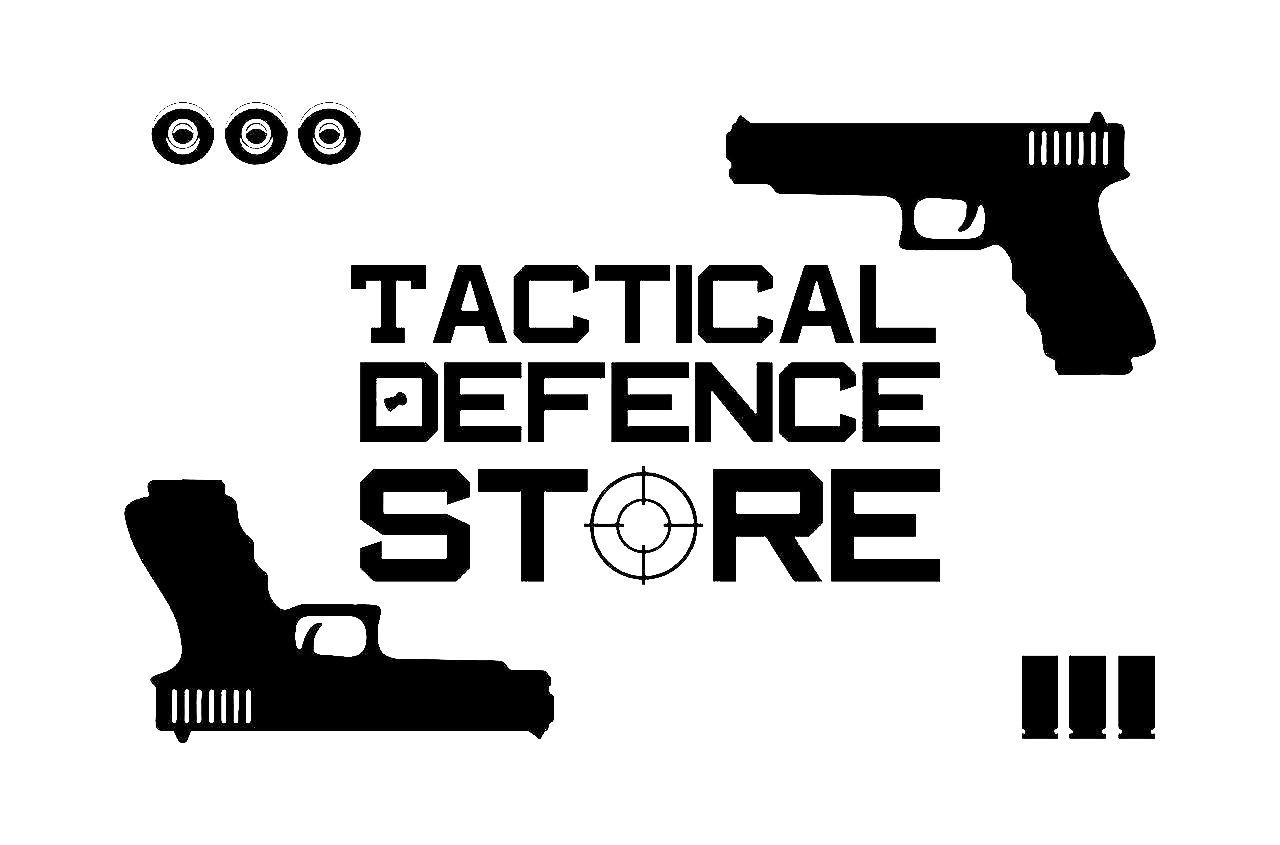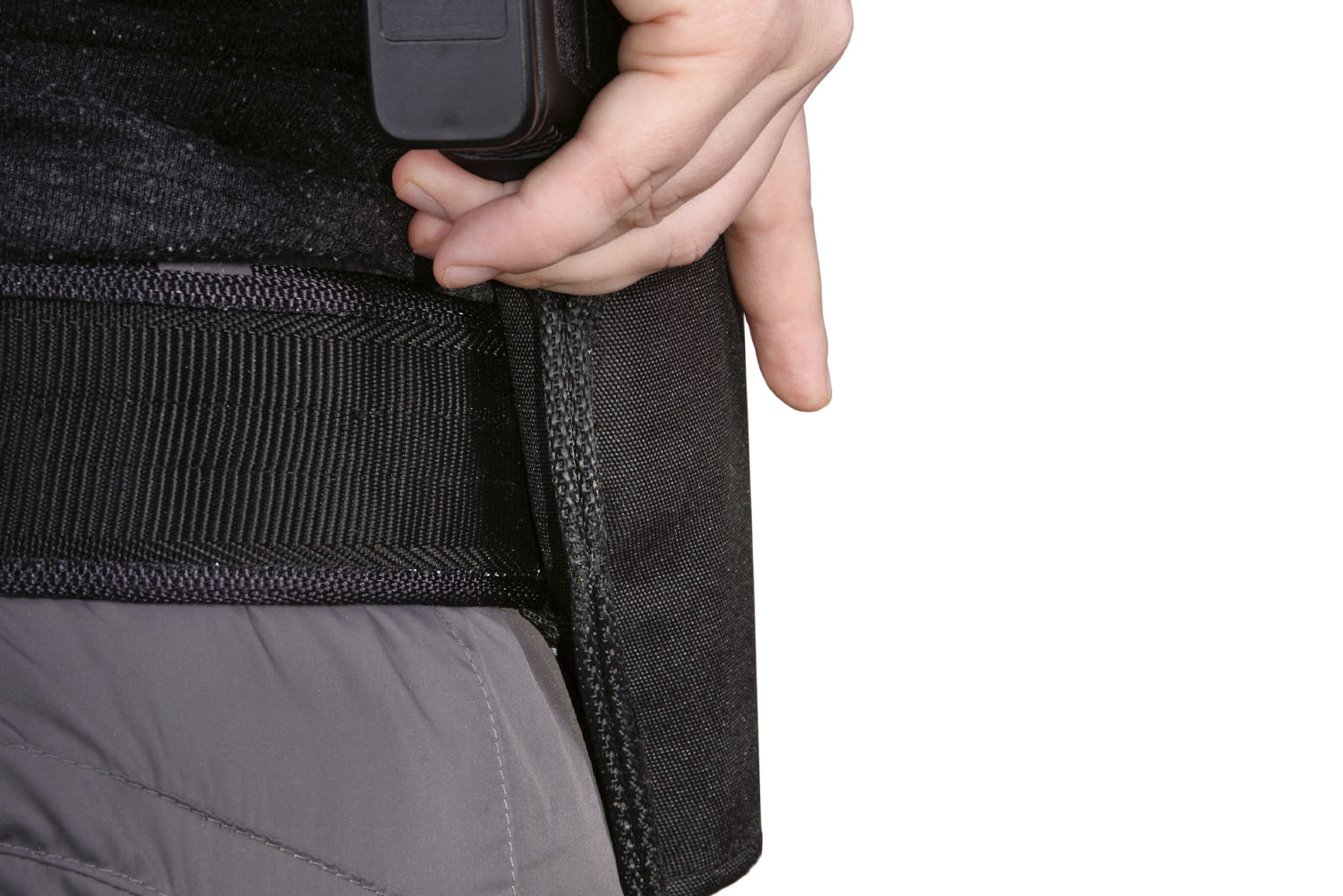There are no comments for this article
Tactical Defence Store
How to Choose a Gun Holster
While most people who carry a handgun put a great deal of consideration into the make, model, caliber and action of the weapon, many shooters don’t put much thought into how to choose a gun holster. However, depending on its intended use, the selection of a handgun holster can be even more important than choosing the weapon itself. While that may sound like a bold statement, your must consider your needs carefully.
Whether it be for law-enforcement purposes, security work or going into the bush, a holster must keep your handgun readily accessible while protecting it from damage and unauthorized use. For these reasons shopping for gun holsters as an afterthought can end up defeating the purpose of carrying a handgun in the first place.
There are five basic types of gun holsters for sale consisting of designs that can be worn on the shoulder, chest, waist, leg and ankle for either open or concealed carrying options. The primary factor to keep in mind is the holster must be the right fit for you, your gun and your carry style. Of all the holster options, the shoulder and waist holster are the only two styles that are truly suited for both concealed and open carry.
Simply because the weapon does not have to be concealed under clothing, the open carry method provides for the most holster options. Shoulder, chest, waist and hip holsters all lend themselves well to the open carry options.
Because the entire purpose of carrying a concealed weapon is to keep the gun undetected, holsters for concealed carry must be made specifically for that purpose. For example, trying to use a shoulder holster designed for open carry will create a profile that is most often too bulk for the gun to go undetected. Shoulder, waist and ankle holsters are best suited to concealed carry options.
The term “shoulder” holster is somewhat of a misnomer as, while the harness is worn over the shoulder, the holster itself is actually worn below the armpit. Shoulder holsters work for either open or concealed carry options.
As the name implies, chest holsters are worn on the chest just opposite side of the center line of the dominant hand. For example, a right-handed shooter would have the holster just to the left of the center of the chest. Chest holsters are a great open-carry choice for hunters for keeping the gun handy.
Waist, sometimes referred to as belt or clip-on, holsters attach to the belt or pant waist band. There are a variety of gun holsters that can be worn on the outside or inside of the waistband and attached with either a belt loop or a clip. Also in this category are “pocket” holsters that fit inside a pant’s pocket designed for small-frame handguns.
Also called “drop-leg” or “tactical” holsters, leg holsters are an open carry option worn on the outside of the thigh. The leg holster rides on the leg at the same level the hand is normally at. This makes it easier to reach and draw while sitting.
Like pocket models, ankle holsters are designed for compact handguns and are a popular concealed-carry choice. Thigh holster is a concealed carry option for women when wearing a dress.
Holsters are constructed of leather and/or some type of synthetic material. While leather is the more traditional option, gun holsters made from synthetic materials offer far more options.
Leather
While many people feel leather holsters are more attractive, these do require more care than synthetic versions. Leather holsters are soft, stiffened or molded to fit a specific handgun model. A soft leather holster is a popular choice for concealed carry as it is flexible and will mold to the wearer over time.
Synthetic
Synthetic holsters come in both ridged and soft styles and are easily cleaned with soap and water. Soft materials, like Cordura, are best for holsters worn against the body. While molded models made from materials like Kydex provide more protection for the gun, these can become uncomfortable when worn for long periods of time.
Retention
Retention is an important consideration when choosing a holster as this determines how easily the gun can be removed from the holster. This is important to keep the gun from falling out of the holster as well as preventing someone from disarming you. Retention methods include:
• Friction: Friction retention works by placing force against the weapon to hold it in place. This can be achieved through a snug fitting lining or a tightly molded holster design.
• Straps: Retention straps are a various design, but all attach to some part of the gun.
• Flaps: These cover the gun’s hammer and handle and also provide the gun added protection.
In conclusion, always remember a handgun is of little use if it is not readily accessible. Keeping these factors in mind while researching gun holsters for sale will help you match the right holster to your weapon and its intended use.

 South Africa
South Africa

0 comments